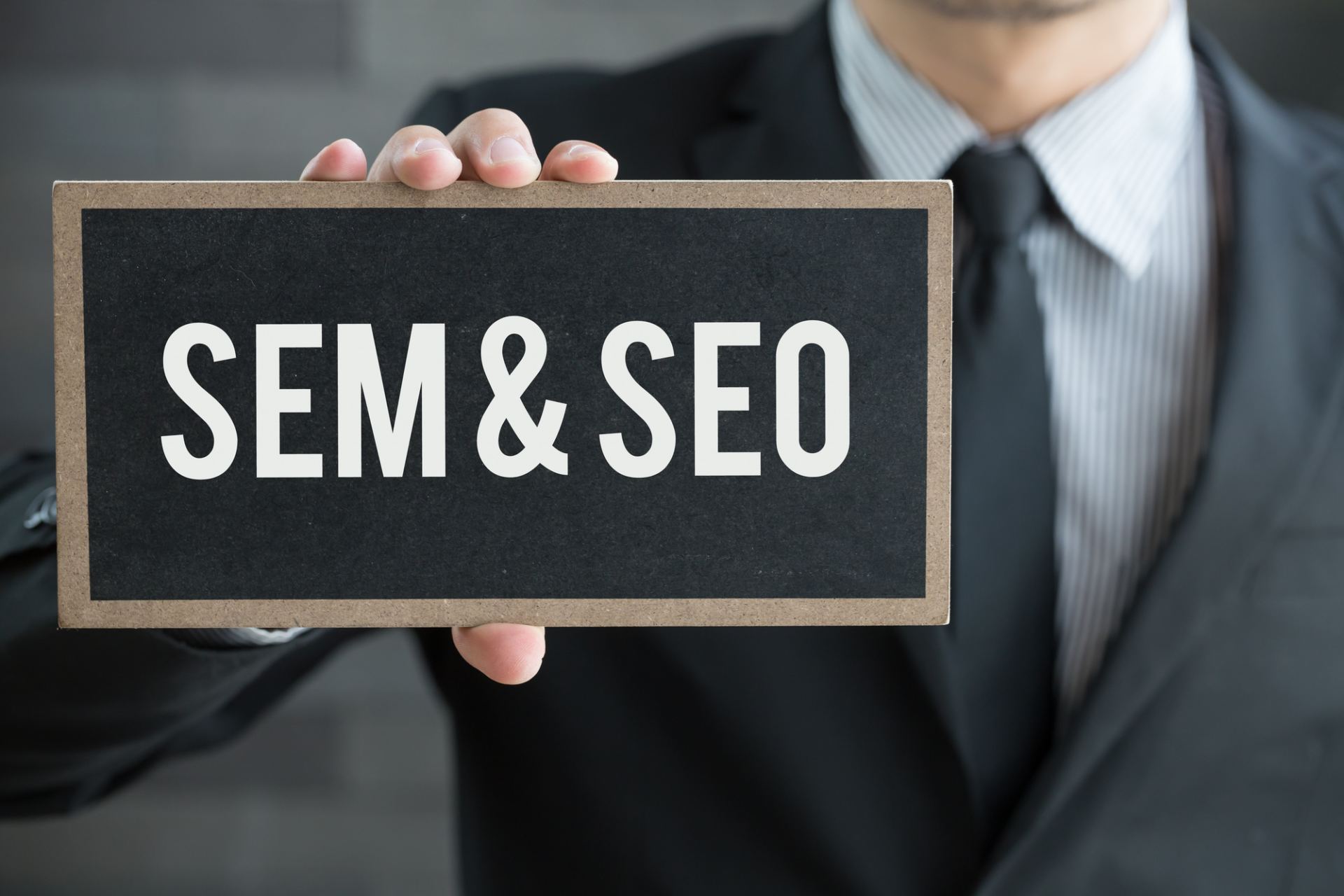When you’re starting out marketing your business, you might see a lot of terms that are confusing. They start to run together.
Two common examples of this are SEO and SEM. Are they the same thing? Is one more important than the other? What’s the difference between SEO and SEM if you need both?
We’re here to help.
Keep reading and we’ll walk you through SEO and SEM marketing so that you can start planning the digital marketing structure for your business.
What Is SEM?
SEM stands for Search Engine Marketing. In a way, SEO is actually under the umbrella of SEM, but they’re used as separate entities in the marketing world.
SEM uses paid strategies in order to boost your business’s website up the ranks in search engines. It utilizes PPC (or pay-per-click) marketing.
For this, you do keyword research in order to find the best keywords that relate to your business or company. Once you have these, you target those searches that end up at the top of them.
When you Google a product, the first few options often have a small “ad” note. These businesses are utilizing SEM to boost themselves.
One great benefit of SEO that makes it awesome for newer businesses is that it has a quick payoff. You spend the money to boost yourself and you’re immediately more visible.
What Is SEO?
SEO stands for Search Engine Optimization. While it’s a kind of search engine marketing, it’s considered a different category.
The most glaring difference between SEO and SEM is that SEO is free. That said, you may want to hire professionals (like this Chandler SEO company) if you’re just getting started or you want to experience quick and long-term growth.
SEO utilizes the website itself to boost the business up the ranks of search engines.
On-page SEO includes things like appropriately tagging your photos and videos on the website, writing and optimizing blog posts, and making the page more readable and easier to navigate.
In simple terms, you want to make your page useful and legible to readers so more traffic is directed to your site over time. The more useful the page, the better the ranking.
Off-page SEO includes things like sharing social media content, reaching out to bloggers and reviewers (who can link back to your site, boosting your business), and other things that are essentially out of your control.
So What’s the Difference Between SEO and SEM?
When you’re working on a marketing strategy, the most important differences are price, longevity, and speed.
SEO offers a lower cost (or no cost if you do it on your own) to get started with marketing. The traffic that you get will be organic which is helpful for conversion. SEM is paid, but it offers near-instant results while SEO takes time to develop.
For the long-term, SEO comes out on top. The efforts that you make are buildable and when you work your way up the ranks you have a firm place there. It might take SEM to start that growth, though.
SEO vs. SEM, Which Is Better?
In reality, a business should utilize both SEO and SEM for a successful marketing strategy. The difference between SEO and SEM is how they help your growth.
The quick growth from SEM can help your slower growth from SEO. SEO gives you more long-term potential but it takes time to develop a successful plan.
Using these strategies together is the way towards digital marketing success.
For more posts like this, visit the rest of our site.




